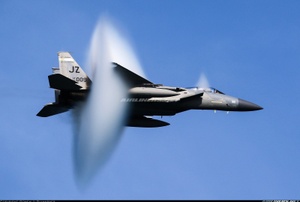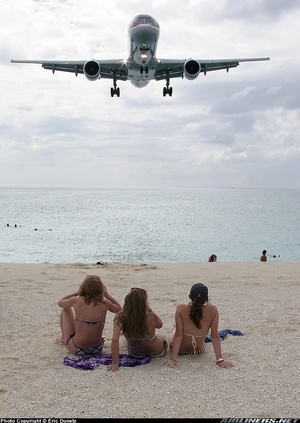Slingsby T-67 Firefly
Details
Country of Origin
United Kingdom
Type
Two seat basic trainer
History
Prior to purchasing the manufacturing and development rights for the French Fournier RF-6B two seat aerobatic basic trainer in 1981, Slingsby specialised in sailplane construction and composite materials, but now concentrates much of its efforts on its successful T-67 Firefly.
The Firefly is a development of the Fournier RF-6B. The RF-6B first flew in March 1974, and Fournier built 45 RF-6B-100s powered by 75kW (100hp) Rolls Royce Continental O-200 flat fours through to the early 1980s. In 1980 Fournier flew a more powerful development of the RF-6B, the 87kW (116hp) Lycoming O-235 powered RF-6B-120. It was this aircraft that formed the basis for Slingsby's T-67 Firefly.
Slingsby initially built nine T-67As, which were basically RF-6B-120s, before placing into production its own development of the type, the T-67B. The T-67B was the result of a fairly thorough redevelopment of the T-67A. The main difference was that the T-67B was made almost entirely from glassfibre reinforced plastics (GFRPs), Slingsby drawing on its very extensive experience in that field. The benefits of GFRP include better resistance to fatigue, less weight and less drag.
The definitive civil version of the Firefly is the T-67C. The T-67C is similar to the T-67B except for its more powerful 120kW (160hp) Textron Lycoming O-320 engine. Variants of the T-67C are the T-67C-1 with standard fuselage fuel tankage and one piece canopy, the T-67C-2 with a two piece canopy, and the T-67C-3 with wing tanks and three piece canopy. Many T-67Cs have been sold to flying schools and academies (including KLM) while others are in military service.
The military Firefly is the T-67M, which first flew in December 1982. The first model was the T-67M-160 with a 119kW (160hp) Textron Lycoming AEIO-320-D1B engine. With the introduction of wing fuel tanks and two-piece canopy, the designation was changed to T-67M Mk2. The next variant was the T-67M-200 with a 149kW (200hp) AEIO-360-A1E which made the first flight on May 16 1985. The final variant was the T-67M-260 (powered by a 195kW (260hp) AEIO-540) first flown in May 1991.
Many T-67M are used for military initial pilot training and screening, and 113 T-67M-260s were delivered to the US Air Force as the T-3A Firefly, while some are used by civilian flight schools for airline and military training (the latter under government contract). T-67Ms have aerobatic capable engines and two blade constant speed propellers, among other changes, compared with the T-67C.
Powerplants
T-67B - One 87kW (116hp) Textron Lycoming O-235-N2A flat four piston engine driving a two blade fixed pitch prop.
T-67C - One 120kW (160hp) Textron Lycoming O-320-D2A flat four.
Performance
T-67B - Max speed 213km/h (115kt), max cruising speed 204km/h (110kt). Initial rate of climb 660ft/min. Service ceiling 12,000ft. Range with reserves 835km (450nm).
T-67C - Max speed 235km/h (127kt), max cruising speed 215km/h (116kt). Initial rate of climb 900ft/min. Service ceiling 12,000ft.
T-67C-3 - Range with max fuel and reserves at economical cruising speed 1025km (555nm).
Weights
T-67B - Empty 610kg (1345lb), max takeoff 862kg (1900lb).
T-67C-3 - Empty 685kg (1510lb), max takeoff 975kg (2150lb).
Dimensions
Wing span 10.59m (34ft 9in), length 7.32m (24ft 0in), height 2.36m (7ft 9in). Wing area 12.6m2 (136.0sq ft).
Capacity
Typical seating for two, side by side.
Production
281 civil and military T-67s of all models built by December 2002, most for military and quasi military customers.
Related Links
Slingsby T-67 Firefly
The backbone of this section is from the The
International Directory of Civil Aircraft by Gerard Frawley
and used with permission. To get your own copy of the book
click here.


















